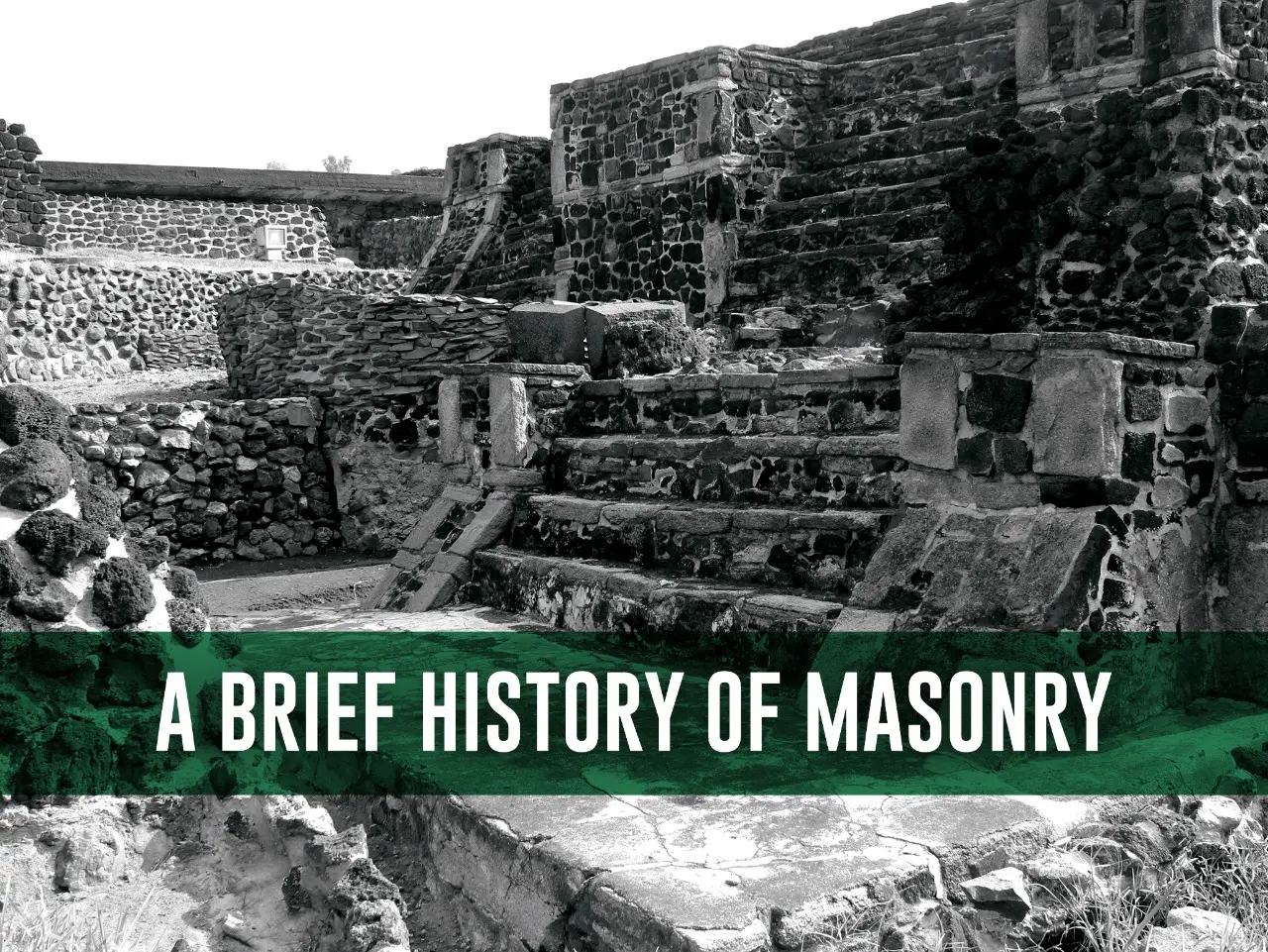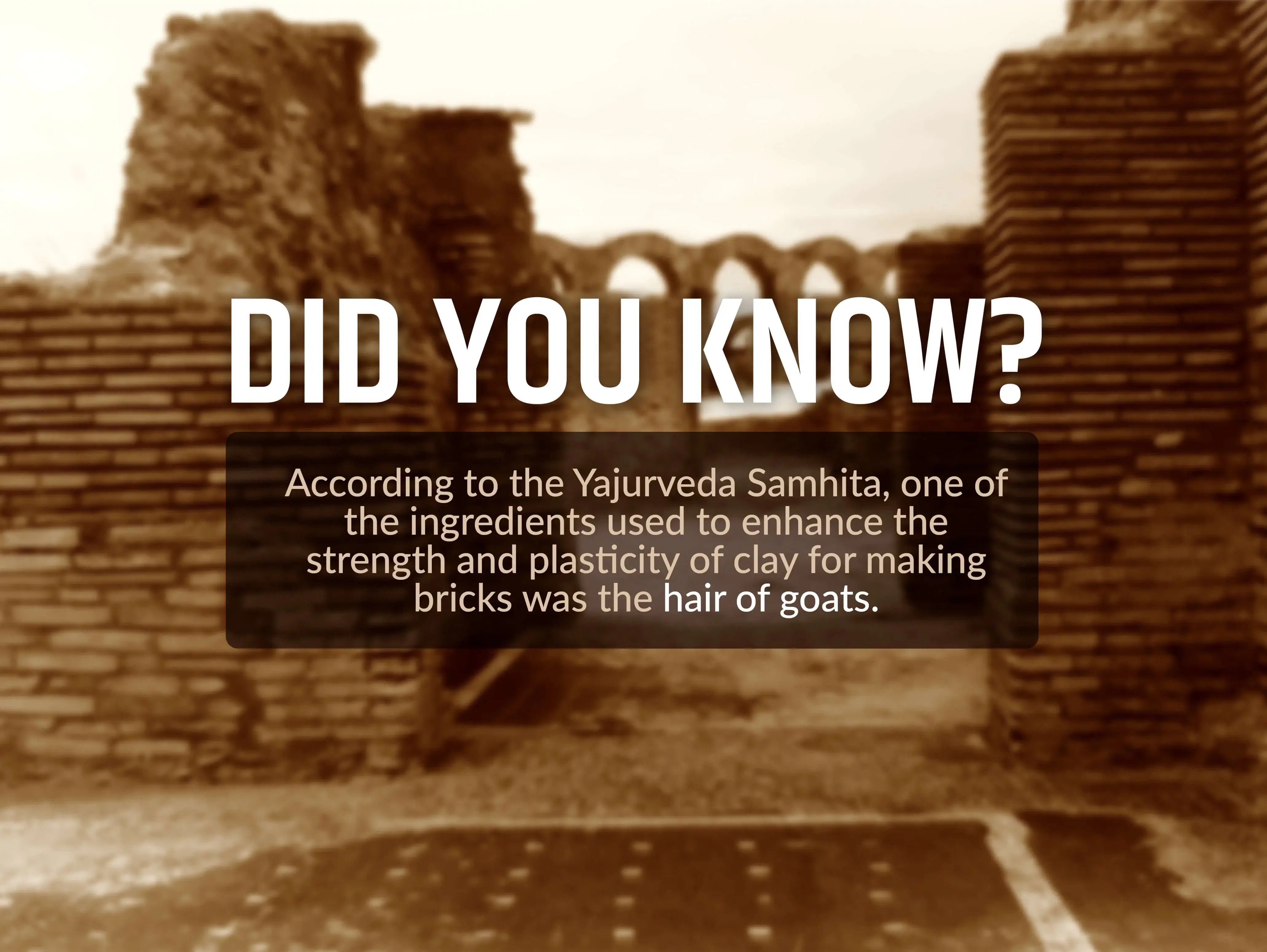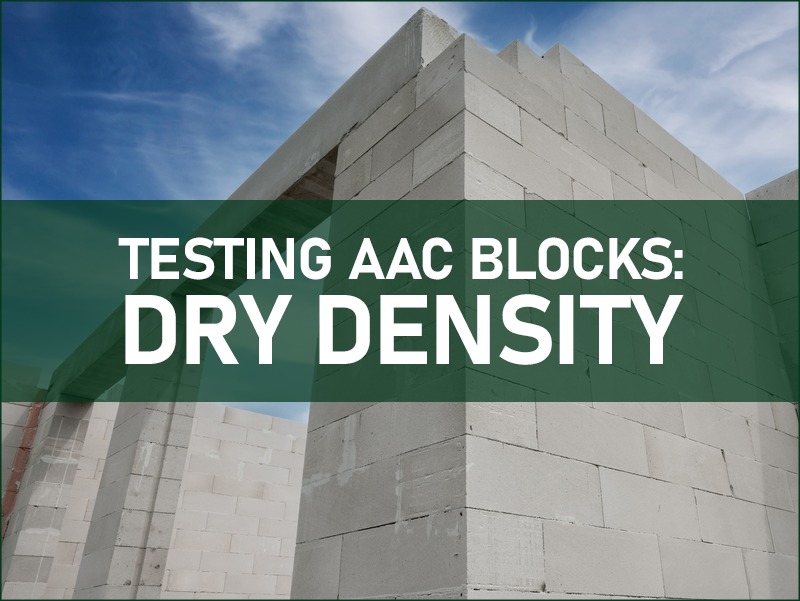
A Brief History Of Masonry Construction | Ecorex
Autoclaved Aerated Concrete is a somewhat new age green building material. Since its invention in the 1920s, it has gradually gained momentum and today this product is largely used in all parts of Asia.
The concept of AAC is relatively new for Indian consumers. The introduction of AAC Blocks has revolutionized the idea of Masonry not just in India but in the world at large.
What is Masonry?
Masonry is the art of building a structure in which a wide variety of building units, such as clay bricks, stones, concrete, hollow blocks, cellular concrete, Pre-cast hollow concrete blocks, concrete slabs, glass bricks, or a combination of some of these building units are used for residential, commercial as well as multipurpose construction purposes.

Basic Process of Masonry
The first step in the process of manufacturing bricks for masonry construction is the preparation of bricks. The clay is obtained by unsoiling, digging, cleaning, weathering, blending and tempering.
The prepared clay is then moulded into a brick shape. After the moulding process, if the bricks contain some amount of moisture in it, they are dried otherwise they may crack while burning. The drying of raw bricks is done by natural process. And finally, in the process of burning, the dried bricks are burned either in clamps (small scale) or kilns (large scale) up to 1000 degrees of temperature so that they gain hardness and strength.
Masonry in Ancient Times
Human beings have been building masonry walls for over the past 8000 years. The art of masonry originated when the needs of man expanded. The man pursued to supplement his useful but rare natural caves with artificial caves made from piles of stone.
The construction needs in ancient times were fulfilled using stone, bricks or clay whether it is the pyramids of Egypt or Mohenjodaro in India. The earliest bricks were believed to be made in Jericho as long ago as 8000 BC by simply drying the clay mud under the sun.
In the Indus valley civilization, in the Harappan and Mohenjodaro cities, buildings were made of bricks. Soil, clay and water were mixed to form mud, which was then pressed into identical wooden moulds and then baked hard in a kiln. The mortar to build the masonry walls with the bricks were made by mixing wet mud, as well as gypsum.
The masonry construction initially began with stacking rock pieces over one another and smearing mud on them for binding. The Egyptians filled the gaps between rock pieces with gypsum that had almost no binding properties. The pyramids were built using large pieces of limestone for wall construction. For smaller structures like houses, our ancestors used mud cakes for masonry construction.

Advancement in Masonry
As time progressed, humans began using bricks and stones with lime for binding purposes. A change in the composition of the mortar mix changed the strength of the building. The improved hardness of the mortar used in the early Roman brickwork provides evidence of the perfection of the art of mortar making of that time.
Some of these structures are still standing today. The durability of the mortar has been attributed to the different ingredients, the mixing and ramming.
The Indian practice of mixing and long continuous ramming of lime, and water with or without the addition of Surkhi, crushed brick powder, produced excellent quality mortar.
Modern Day Masonry
L J Vicat prepared an artificial hydraulic lime by calcining an intimate mixture of limestone and clay in modern times. This process leads the path to the manufacturing of Portland cement.
On the other hand, James Frost patented a similar cement in 1811 and established a factory in a district in London. Joseph Aspdin has been associated with the invention of Portland cement and is also a Leeds builder and bricklayer. He got the Portland cement patented in his name on 21st October 1824.
To know how AAC Blocks are being made today, click here.
Conclusion
In this way, the journey from simple sun-baked clay bricks to brick kilns, from gypsum mortar to lime and cement, then from bricks to concrete blocks to hollow blocks and now to aerated concrete blocks has been exemplary and has revolutionised the construction industry. It has opened new avenues in this regard keeping the United Nations goal of environment conservation and sustainable development in mind.
Recent blogs

Thermal Conductivity Of AAC Blocks | U value and R value | ECOREX
AAC blocks were invented for keeping the building thermally insulated and keeping the heat out from the building. Let's dig deep into Thermal Conductivity of AAC Blocks.

Top 5 AAC Block Manufacturers In India
Here is a list of the top 5 AAC block manufacturers in India. Because as a property owner, it is advised to have a working knowledge of different AAC block manufacturers.

Testing AAC Blocks: Compressive Strength | Ecorex
One of the most important characteristics of AAC blocks for the user is their compressive strength. Drying Shrinkage, Dry Density, as well as Compressive Strength, have different test procedures. Let's find out more together.

Testing AAC Blocks: Dry Density | Ecorex
Most of the popularity that AAC blocks have gained over the years is due to their unique characteristic of being lightweight. This is checked with the help of a dry density test.
